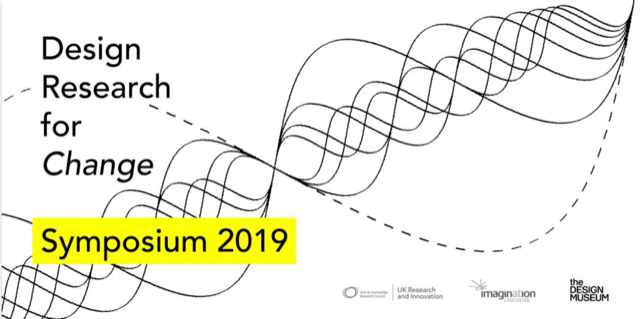Location: Kent State University, USA Participants:
University of Arts London - Elisa Palomino, Edwin Phiri
Iceland University of the Arts - Katrín María Káradóttir
The paper ‘Indigenous Fish Skin Craft Revived Through Contemporary Fashion' by researchers of the FISHSkin project has received the Senior Researcher Award by
International Foundation of Fashion Technology Institutes (IFFTI).
The paper looks at the role of fish skin in the Arctic as a way to bridge knowledge and social justice between generations and cultures, and to nurture resilience during times of change and transformation.
The paper examines a case study of Atlantic Leather tannery and its role in preserving the rich cultural traditions that have been developed within the Icelandic fishing industry while processing fish leather. The production process has brought this historic eco-luxury material back into fashion and provided Blue jobs for coastal dwellers in remote rural areas, maintaining the viability of the fisheries sector and attracting young people to work in them, therefore promoting social justice through inclusive jobs.
Participants: University of Arts London - Elisa Palomino
ArsTinctoria - Gustavo Defeo
“Fish Leather, A New Environmentally-Friendly Material” - lecture by FishSkin project researchers presented during the two-day Design Research for Change (DR4C) symposium at the Design Museum, London.
The AHRC Design Research for Change (DR4C) Showcase at the London Design Fair 2019 included 61 design-led research projects that spanned a range of design disciplines, ways of working, geographical spread across the UK, methodological and conceptual boundaries. Each explored how design is increasingly involved in social, cultural, economic, environmental and political change, and hoping to be an active part of it.
The lecture draws on findings gathered through a partnership between the UAL, the Icelandic tannery Atlantic Leather and the Italian analytical laboratory Ars Tinctoria connecting fashion designers, scientists and leather technicians from the UK, Italy, and Iceland to advance material innovation by using new technology (water-based ink digital printing methods) on fish leather. The paper presents the journey of the mapping process, illustrating the key stages of the research, which led to the discovery of new material properties and finishes through applying digital printing processes to a food industry by-product material – such as fish leather.
The methods and practices of the project included dynamic interaction between the researchers facilitated through the cooperative framework of the FiISHSkin Horizon 2020 project. The findings identify that new materials, processes, and techniques are often the result of the successful union of fashion and technology to help drive the industry towards a more sustainable future.










